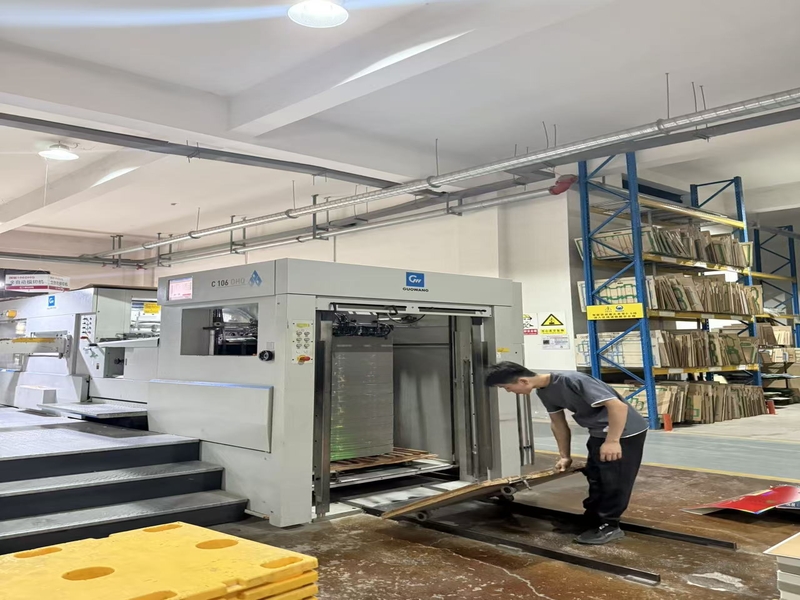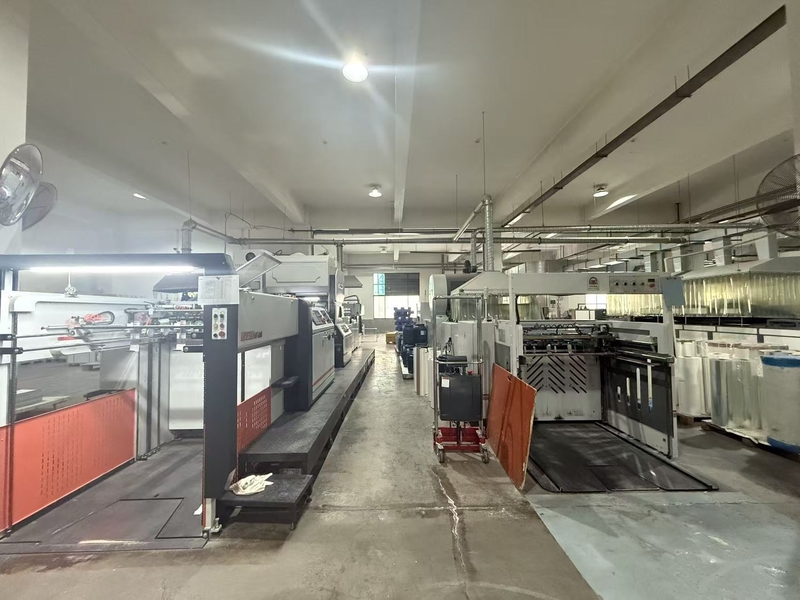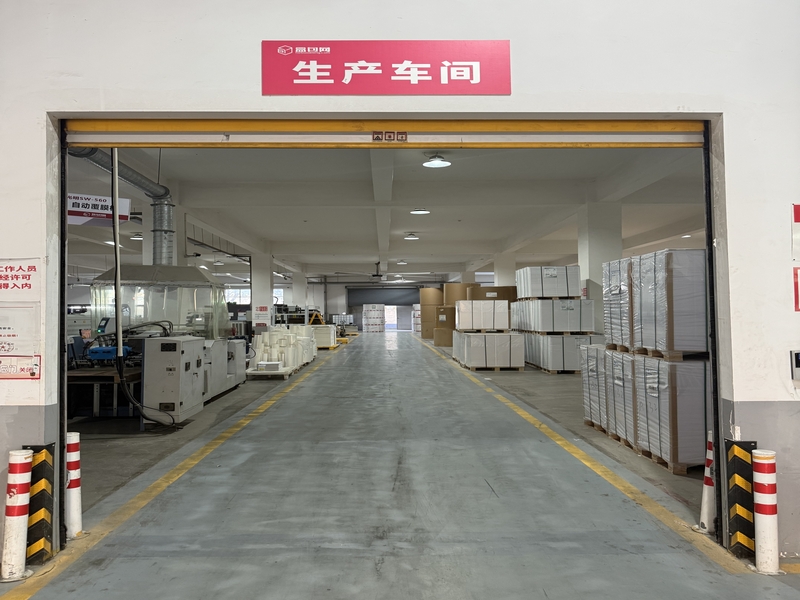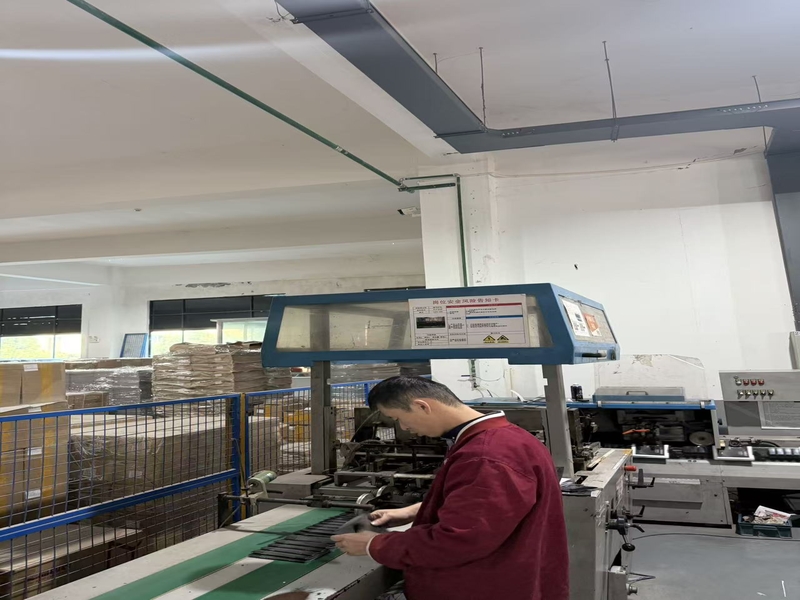Breaking Down Biodegradable Packaging: How Long Does It Take to Decompose?
In today’s eco-conscious world, more businesses are turning to biodegradable packaging to reduce their environmental footprint and meet consumer expectations. But one of the most commonly asked questions is: How long does biodegradable packaging really take to decompose?
At Wuxi Box Printing Technology, we believe in not only offering sustainable packaging solutions but also helping our clients understand what they’re using. In this article, we explain what biodegradable packaging is, the different types available, how long each takes to break down, and the factors that influence decomposition time.
What Is Biodegradable Packaging?
Biodegradable packaging is made from materials that can naturally decompose into harmless substances like water, carbon dioxide, and organic matter when exposed to the right environmental conditions. These materials are typically plant-based or naturally derived, unlike conventional plastics that linger for centuries in landfills and oceans.
Popular biodegradable materials include:
Paper and cardboard
PLA (polylactic acid) – a bio-based plastic derived from corn starch or sugarcane
Bagasse – a byproduct of sugarcane processing
Starch-based polymers
PBAT and PHA – biodegradable plastics
Unlike traditional packaging, which contributes heavily to pollution, biodegradable packaging provides an earth-friendly alternative that can reduce long-term waste accumulation. At Wuxi Box Printing Technology, we manufacture and supply various biodegradable options tailored for industries like food, retail, and personal care.
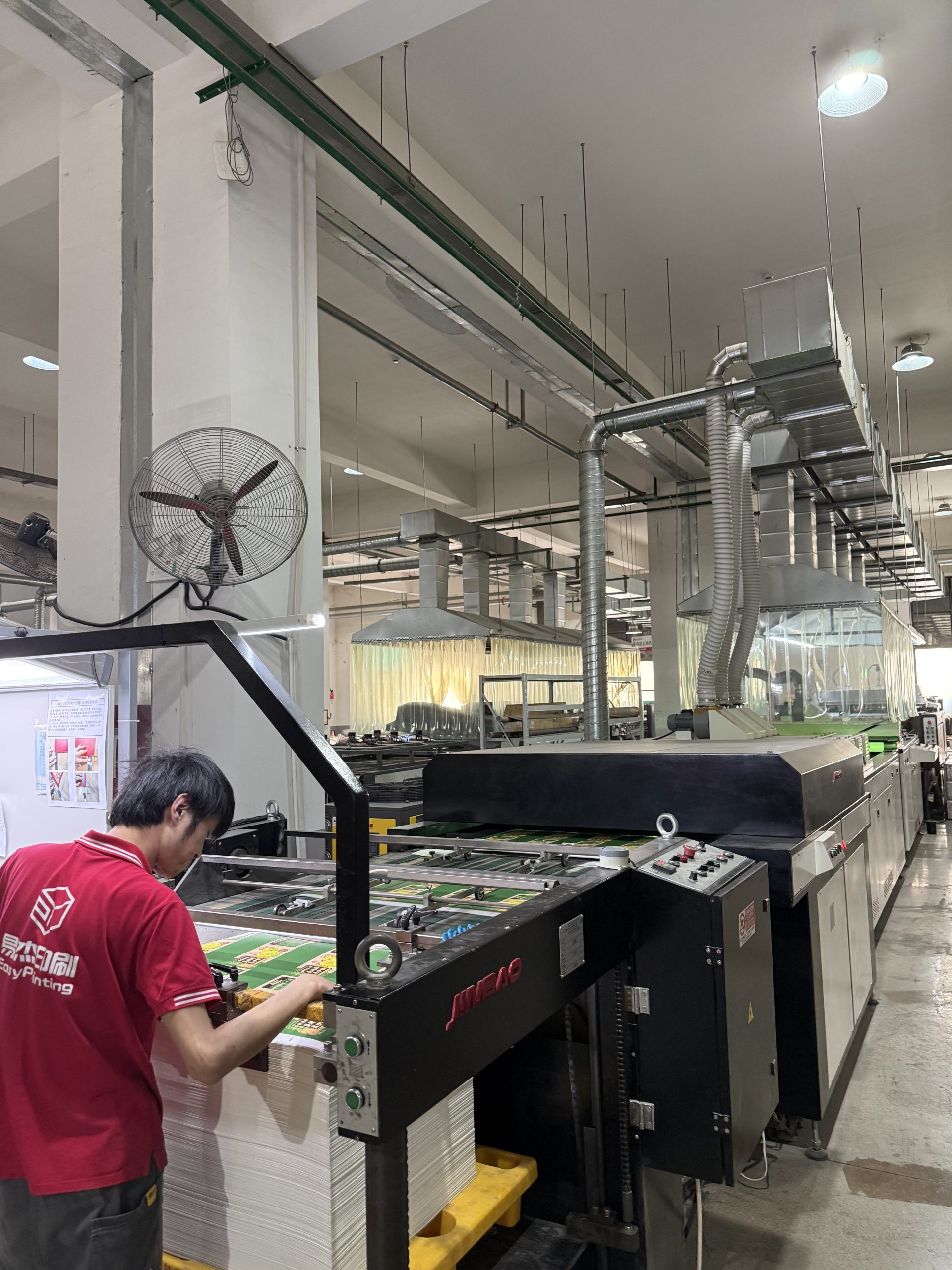
How Long Does Each Type Take to Decompose?
The decomposition time of biodegradable packaging depends on the material and disposal environment. Here’s an overview:
1. Paper and Cardboard
These are among the quickest to break down.
Decomposition Time: 2–6 weeks (in home or industrial compost)
Paper and cardboard, especially uncoated types, break down quickly. Their natural fibers make them excellent choices for dry food packaging, take-out boxes, and shopping bags.
2. PLA (Polylactic Acid)
PLA mimics plastic but is derived from renewable resources.
Decomposition Time: 3–6 months (industrial compost); years in natural settings
PLA needs high heat and controlled humidity, available only in industrial composting environments. It won't decompose effectively in home compost or landfills.
3. Bagasse (Sugarcane Fiber)
Used in clamshell containers and food trays.
Decomposition Time: 30–90 days
Bagasse decomposes quickly under typical composting conditions and is ideal for fast-food packaging.
4. Starch-Based Films
Derived from potatoes, corn, or tapioca.
Decomposition Time: 2–4 months (under composting conditions)
These are used for packaging fresh produce or dry snacks. While they decompose faster than PLA, they still need warm, moist conditions.
5. Biodegradable Plastics (PBAT, PHA)
Engineered to mimic the strength of plastic with faster degradation.
Decomposition Time: 3 months to 1 year (in industrial compost)
These plastics are useful for flexible films, shopping bags, and pouches. However, like PLA, they require proper composting infrastructure.
Factors That Affect Decomposition Time
The actual rate at which biodegradable packaging decomposes depends on multiple factors:
1. Environment Type
Home Composting: Slower and less controlled.
Industrial Composting: Faster due to higher temperatures, moisture control, and microbial activity.
For example, a PLA cup might take over a year to decompose in soil but just a few months in an industrial compost facility.
2. Material Composition
Natural materials like paper and bagasse break down faster than bio-plastics like PLA or PHA. Added coatings or laminations can slow decomposition considerably.
3. Thickness and Product Design
Thicker or multi-layer packaging decomposes more slowly. At Wuxi Box Printing Technology, we help clients choose designs that balance durability with biodegradability.
Biodegradable vs. Compostable: What’s the Difference?
Though often used interchangeably, biodegradable and compostable are not the same. All compostable materials are biodegradable, but not all biodegradable items are compostable.
Compostable packaging must break down within a specific timeframe (usually under 180 days) and leave no toxic residue.
Biodegradable packaging may decompose over a longer period and doesn’t always meet compostability standards.
At Wuxi Box Printing Technology, we clearly label whether a material is industrially compostable, home compostable, or simply biodegradable—so customers can dispose of it correctly.
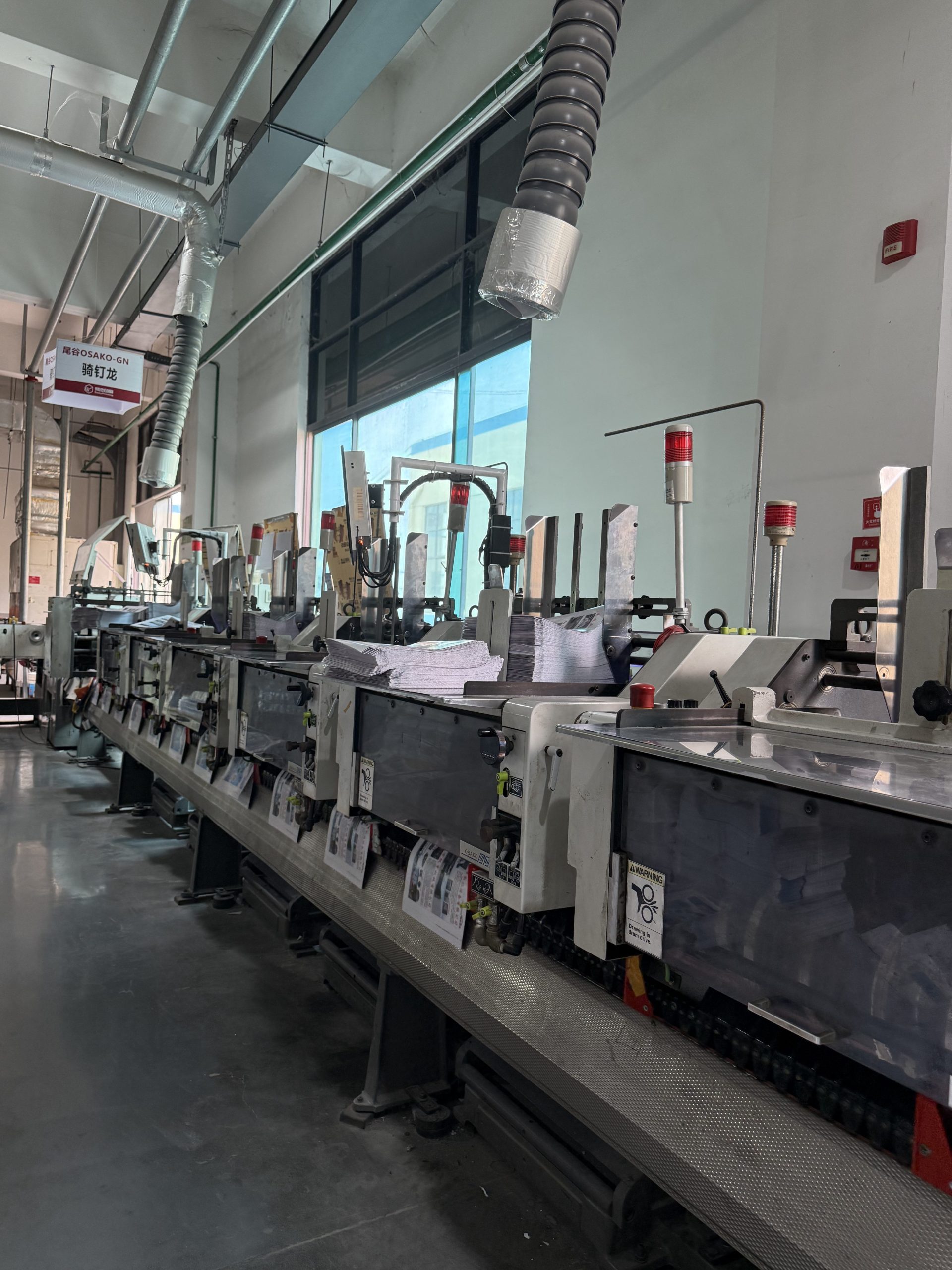
Why Decomposition Time Matters for Your Business
Understanding how long biodegradable packaging takes to decompose helps businesses make smarter decisions. It allows for:
Better consumer communication about disposal methods
Compliance with eco-labeling and regional regulations
Alignment with sustainability goals
Selection of materials appropriate for product lifespan and usage
Choosing packaging that decomposes within a reasonable timeframe not only benefits the planet but also strengthens your brand’s environmental credibility.
Conclusion: Choose Biodegradable with Confidence
Biodegradable packaging is an essential step toward a more sustainable future, but its effectiveness depends on selecting the right materials and knowing how they behave over time. Decomposition timelines vary widely—from a few weeks to several months—depending on material type and disposal conditions.
At Wuxi Box Printing Technology, we offer a wide range of biodegradable and compostable packaging options. Whether you're looking for paper pouches, molded fiber containers, or compostable films, we help you find a solution that’s both functional and environmentally responsible.



